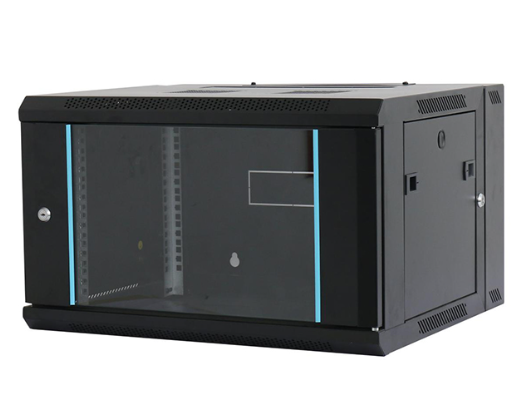News
Site Editor
 Site
https://leonetworkgroup.usa18.wondercdn.com/uploads/image/5fe152faa587d.png
In a network infrastructure, it is common to use patch panels and switches to connect devices such as computers, printers, and servers. Both patch panels and switches serve a similar function in creating a network, but they differ in how they do it. So, why use a patch panel instead of a switch?1. Simplified Network ManagementPatch panels offer a centralized location for network cabling. They allo
Site
https://leonetworkgroup.usa18.wondercdn.com/uploads/image/5fe152faa587d.png
In a network infrastructure, it is common to use patch panels and switches to connect devices such as computers, printers, and servers. Both patch panels and switches serve a similar function in creating a network, but they differ in how they do it. So, why use a patch panel instead of a switch?1. Simplified Network ManagementPatch panels offer a centralized location for network cabling. They allo
Why Use A Patch Panel Instead Of A Switch
Views: 495
Author: Site Editor
Publish Time: 2023-07-10
Origin: Site
In a network infrastructure, it is common to use patch panels and switches to connect devices such as computers, printers, and servers. Both patch panels and switches serve a similar function in creating a network, but they differ in how they do it. So, why use a patch panel instead of a switch?
1. Simplified Network Management
Patch panels offer a centralized location for network cabling. They allow cables from different devices to be terminated in one location, making it easier to manage network connections. By using patch panels, network engineers can route cable connections without manipulating wires, thus minimizing errors and reducing the time needed to fix faults.
2. Improved Flexibility
Patch panels offer greater flexibility in cabling infrastructure than switches. With a patch panel, different devices can be easily relocated or replaced, and the network connections remain the same. Because patch panels do not have any active electronics, they can handle any type of signal or protocol, making them compatible with any network device.
3. Cost-Effective Solution
Patch panels are less expensive than switches, making them a more cost-effective solution for network connections where a switch is not necessary. In cases where devices are not frequently added or removed from the network, the use of patch panels can save the costs that would have gone to expensive switches.
4. Greater Cable Management
Using a patch panel in your network infrastructure cable management can help organize your cable runs and tidy up your server room. It helps in identifying which cables are connected to the network quickly and makes it easier to trace a failed cable in case of a network outage. Patch panels also eliminate the need for cable ties to keep cables neat and organized, making it easier to add, move, or remove cables as needed.
5. Reduced Network Downtime
When an issue occurs in a switch, it can bring down the entire network. A patch panel helps mitigate downtime because they are passive devices that don't have any electronics that can fail. The cables that connect to the patch panel can be quickly swapped to restore connectivity to the network.
In conclusion, patch panels are an efficient and cost-effective solution for network infrastructure, offering improved network management, flexibility, cable management, and reduced network downtime compared to switches. While they are not a complete replacement for switches, particularly in larger networks, they offer significant benefits in simpler networks and smaller network segments.
If you want to know more about industrial network cabinet,china fiber optic splice closure,china fiber optic distribution box,please consult the fiber optic splice closure factory









